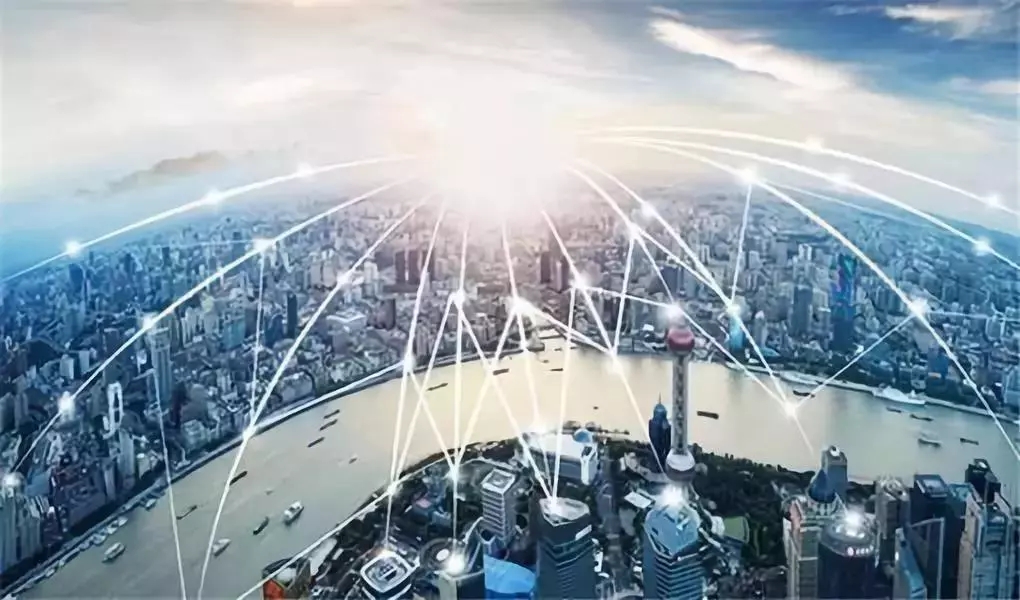How to upgrade the city’s soft power in the digital age

In line with advancing the urban digital transformation, the city of Shanghai intends to shape its future-oriented core competitiveness to further promote significant changes in social life, urban governance, economic development and other aspects. The existence and development of digitalized society, supported by digital culture, can fully bring out the advantages and potentials of digital culture—and is certain to play an important role in promoting the city’s soft power. From the perspective of digital culture, it must adhere to the people-oriented concept, of which efforts can be made to accelerate the realization of enhancing the city’s soft power in the following three directions:
Second, solve the problem of the digital gap and construct shared governance. Efforts should be made to direct and enhance attention toward the digital “outliers”, which means we should open up channels of assistance: in spite of the increasing machined service, personal services should be retained to a large and significant extent; APP designs should enhance their friendliness to the digitally underprivileged, for example, voice input, payment based on face recognition, barrier-free reading, and simplified operation interface.
In addition, we should strengthen social collaboration among multiple entities, explore the interactive mode of cooperation between the government and the public, and build an Internet-based platform for the convenience of expression of public opinions. The power of social organizations shall be utilized to provide social services at the grassroots level under the common governance of the government and the society. Besides, enterprises can be mobilized to participate in urban governance, in order to facilitate efficiency and momentum into governance structures.
Third, refine and consolidate the supervision and prevention system and upgrade the ability of risk prevention. Digital culture has its special risks: The high degree of information-sharing means higher risk of data exposure; the Internet’s anonymity may reduce data validity. In light of suck risks, it is necessary to not only strengthen coordination and co-management among government departments related to cyber risk management and control, but also to raise the public awareness of risks and privacy protection. In effect, it should be high on our agenda to build an integrated digital security supervision platform, formulate unified standards for digital security supervision, open up the channels for reporting any network violations, and create a full-coverage data protection system featuring high efficiency.
In a word, the city needs a “metamorphosis.” In the Chinese vocabulary there is a very beautiful, very evocative expression for such radical elevating change, the “butterfly metamorphosis (eclosion).” So, let’s initiate the city’s “urban butterfly metamorphosis” by virtue of this radical “digital butterfly metamorphosis.”

